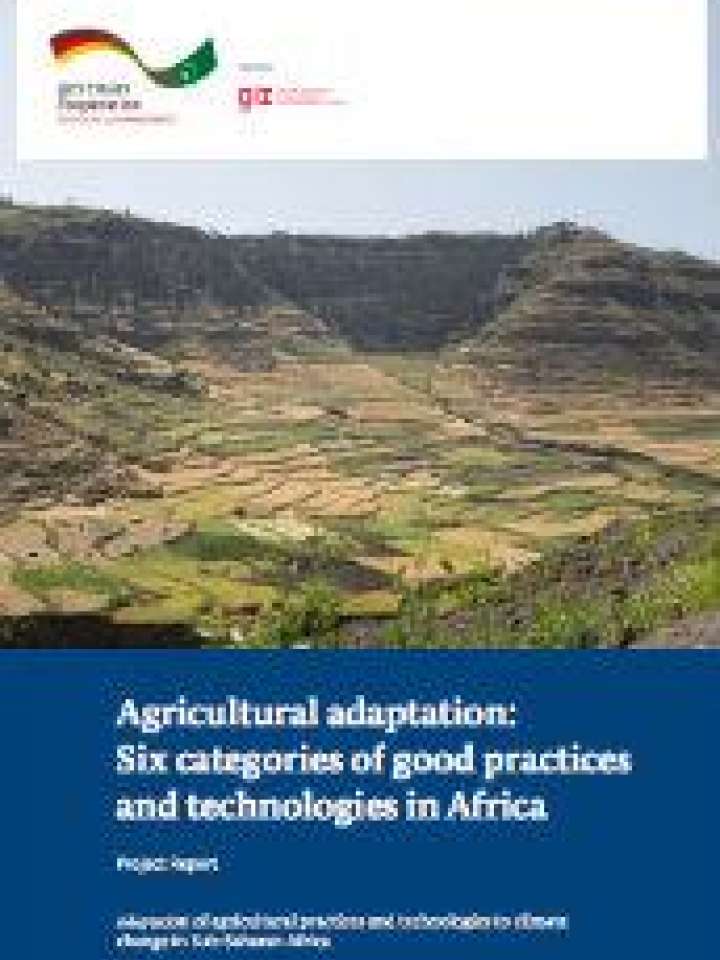Agricultural adaptation: six categories of good practices and technologies in Africa
Adaptation of agricultural practices and technologies to climate change in Sub-Saharan Africa
The purpose of this study was to undertake an empirical investigation of adaptation “good practices” and define six categories of actions that can be practically considered by governments for scaling-up in order to reduce the risks of climate change. The focus is on what needs to be in place, in terms of the enabling environment, in order for the good practices and technologies to be effectively transferred to other contexts. The report is not intended as a prescriptive policy recommendation document but rather as a research report which provides governments with practical options on how to undertake agricultural adaptation to climate change, based on tangible and proven practices.
A rigorous evaluation process was followed to identify the six categories of good practices and technologies. Six case study countries were chosen for empirical investigation of adaptation. Within Burkina Faso, Cameroon, Ethiopia, South Africa, Togo and Zambia, agricultural sub-sectors were chosen to represent various crops and livestock grown under different production systems. Observed adaptations were investigated in partnership with farmers themselves, farmers’ organisations, Non-Government Organisations (NGOs), government staff, and other relevant experts.
Explore further
